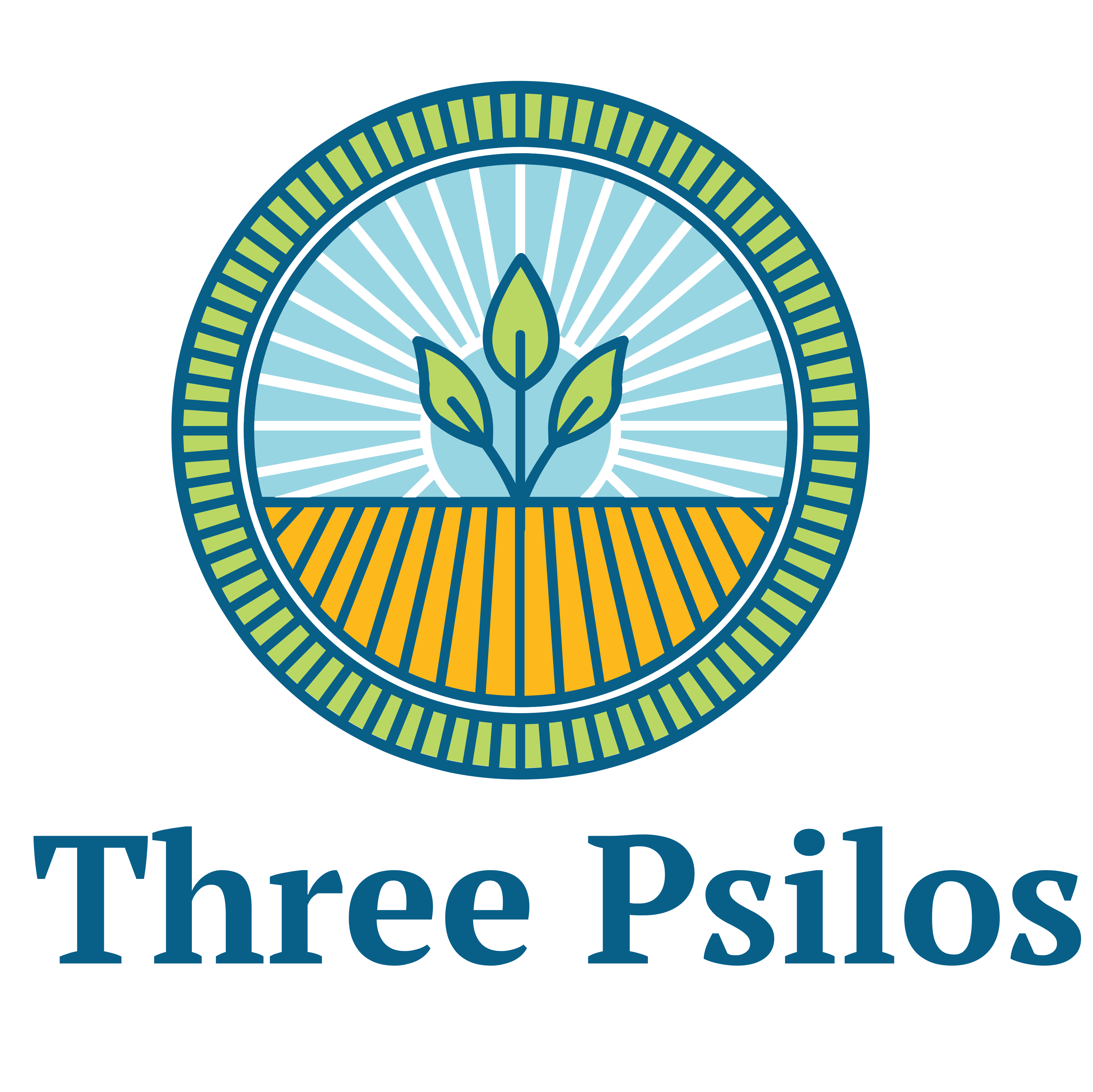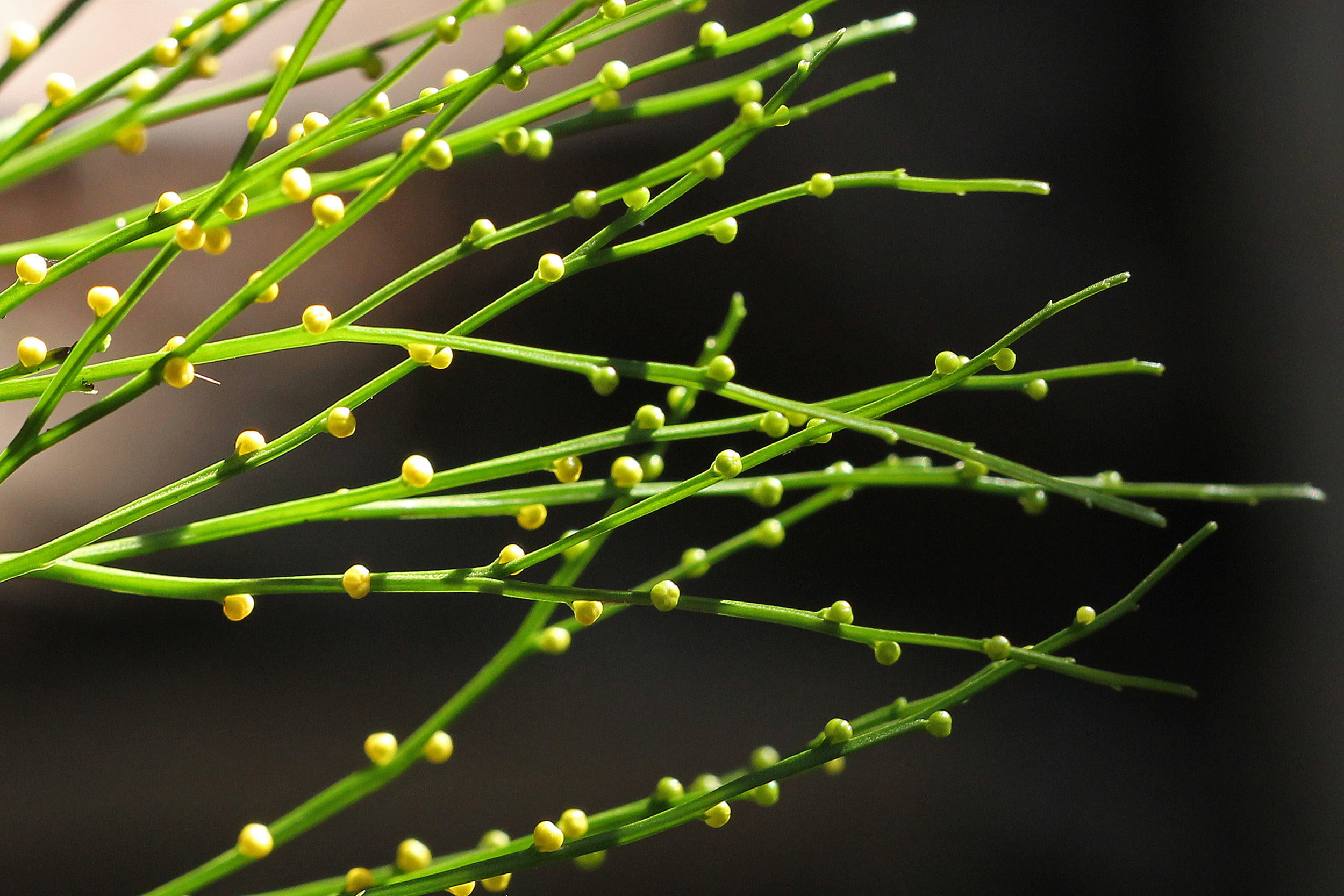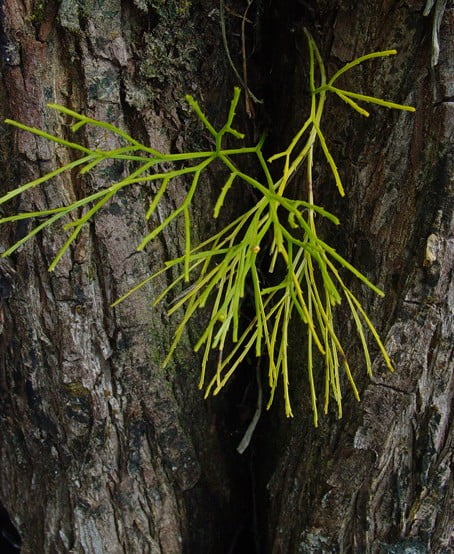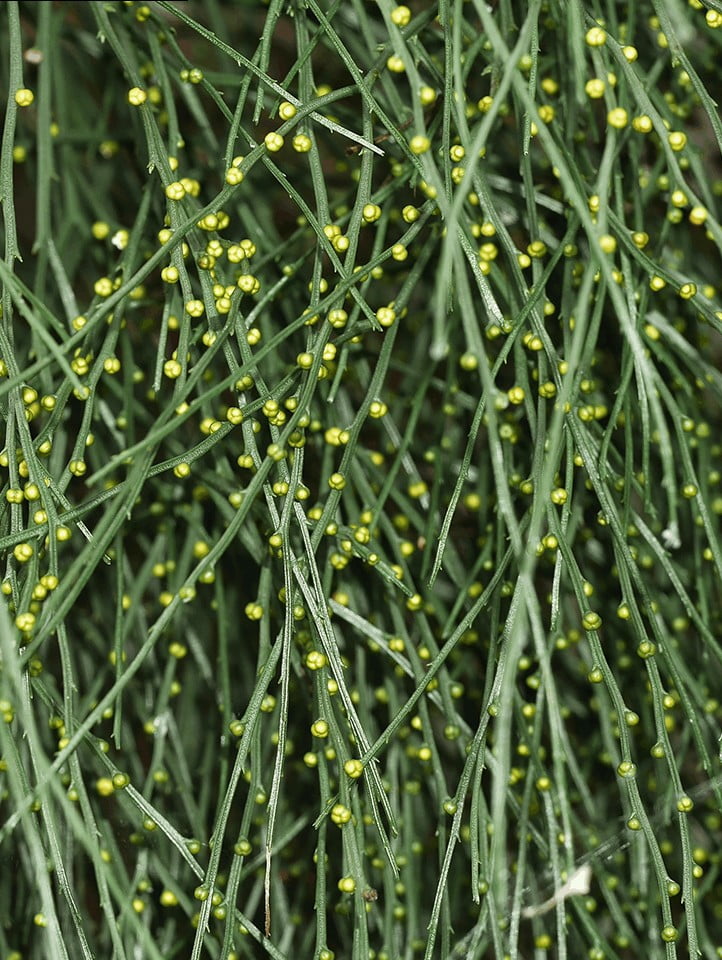A Whisk Fern, also known as Psilotum nudum, is a unique type of fern that belongs to the family Psilotaceae. Although it is commonly referred to as a fern, it does not possess typical fern-like characteristics such as true leaves or roots. Instead, whisk ferns have unique features that set them apart from other plants.
Botanical Description
- Stem: The primary structure of a whisk fern is its above-ground stem, which is typically green and branched. The stem is leafless and dichotomously branching, meaning it repeatedly divides into two equal branches.

- Rhizomes: Whisk ferns have underground rhizomes, which are horizontal stems that grow beneath the surface of the soil. These rhizomes are composed of vascular tissue and play a crucial role in nutrient and water absorption.
- Leaves: Unlike traditional ferns, whisk ferns lack true leaves. Instead, they possess small, scale-like appendages called enations. These enations are tiny, flat structures that arise in whorls along the stems and branches.

- Sporangia: Whisk ferns produce spore-bearing structures known as sporangia. These sporangia are typically clustered at the tips of branches or stems. The sporangia release spores, which are dispersed by wind to initiate reproduction.
- Mycorrhizal associations: Whisk ferns form symbiotic relationships with certain fungi, creating mycorrhizal associations. These fungi colonize the underground rhizomes of the whisk fern and assist in nutrient uptake from the soil.
- Reproduction: Whisk ferns have a unique reproductive process. They reproduce both through spores produced in the sporangia and through underground rhizomes, which can give rise to new plants.
Overall, the whisk fern’s botanical description showcases its peculiar characteristics, such as the absence of true leaves, the presence of enations, and the reliance on rhizomes for nutrient uptake.
These features distinguish whisk ferns from other ferns and contribute to their fascinating biology.
If you would like Whisk-Fern added to your land, start with a Site Ecology Recommendation:

Site Ecology Recommendation
Three Psilos, Inc. has a mission to restore Central Florida’s xeric upland Sandhill and Scrub communities on the Lake Wales Ridge, and on all the ridges… one day at a time.
We use “Applied Ecology” to help heal the land by introducing, removing, or managing certain species in effort to gain even more of our desired endemic species. If you live on or around the Lake Wales Ridge, or…



